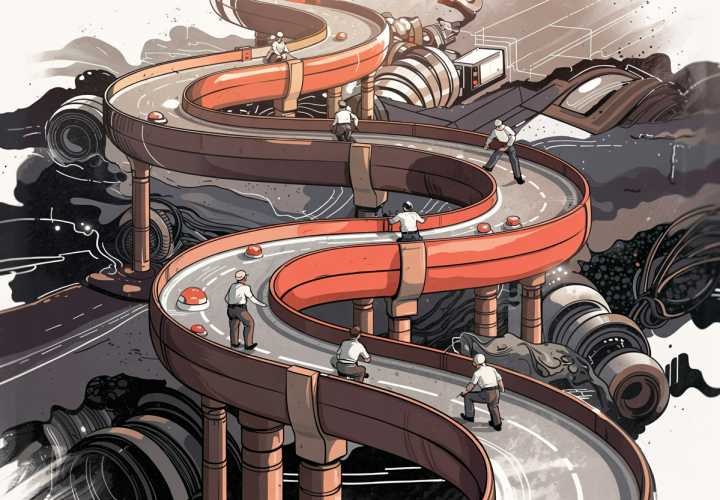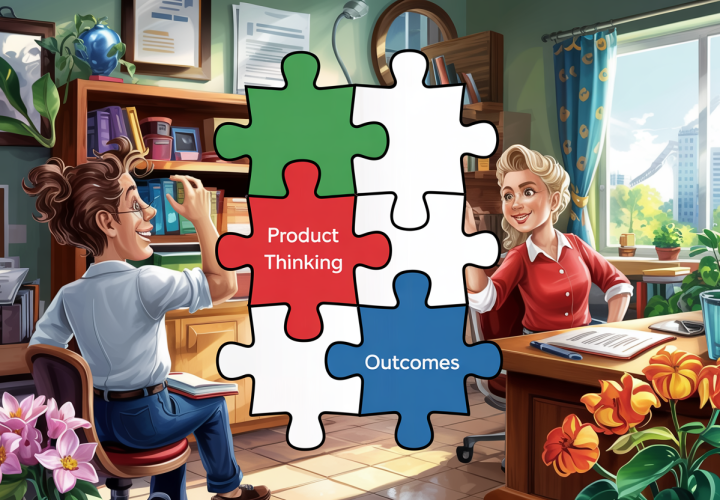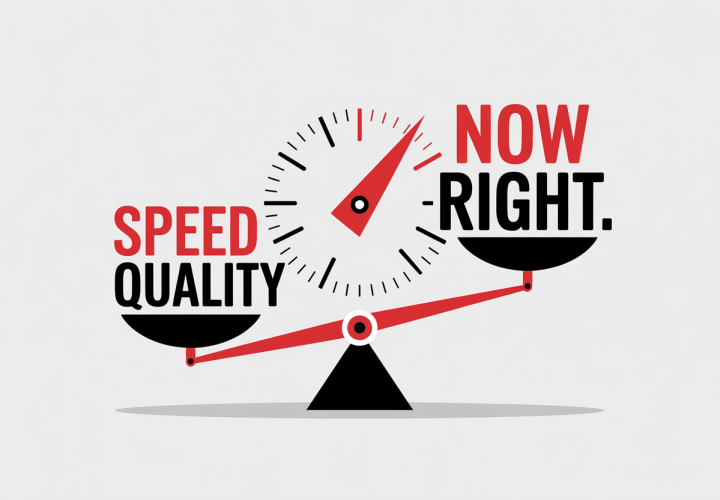Why Every Product Team Needs a Clear ‘North Star’

It won’t be a bigger problem to find one video game lover in your neighbor. Since the introduction of Virtual Game.
Why Every Product Team Needs a Clear ‘North Star’ A strong product team doesn’t just build features—it builds toward a purpose. Without a guiding vision, teams waste time debating priorities, chasing vanity metrics, and misaligning with company goals. This is where a North Star metric becomes invaluable. It provides a single, unifying focus that drives decision-making and ensures that every effort contributes to meaningful outcomes. Let’s explore why every product team needs one and how to define a North Star that truly matters. What Is a North Star Metric and Why Does It Matter? A North Star metric is the primary measure of success that reflects the value a product delivers to its customers. Unlike short-term KPIs, this metric focuses on sustainable growth and long-term impact. For example: Spotify: Time spent listening Airbnb: Nights booked Slack: Daily active users sending messages These metrics capture what truly matters: how well a product serves its users. A well-defined North Star provides clarity across the team. It ensures that engineering, design, marketing, and leadership are all pulling in the same direction. When teams lack this clarity, decision-making becomes fragmented. Priorities shift based on who yells the loudest rather than what drives impact. How a North Star Keeps Product Teams Aligned A North Star isn’t just a theoretical concept—it’s a practical tool for keeping teams on track. Here’s how it helps: Reduces Decision Fatigue When teams face tough choices, a North Star acts as a decision filter. Does this new feature contribute to the North Star?If not, it’s easier to say no and focus on what moves the needle. Without this clarity, teams get stuck in endless debates, leading to slow progress and wasted effort. Keeps Priorities Clear and Consistent A strong North Star helps teams focus on impact, not output. Instead of measuring success by how many features get shipped, the focus shifts to how much value gets delivered. This shift prevents teams from getting caught in the "feature factory" mindset where speed outweighs strategy. Strengthens Cross-Team Collaboration Without a shared metric, different teams often pull in different directions. Marketing might optimize for sign-ups, while product focuses on engagement, and engineering prioritizes performance. A North Star aligns everyone toward the same outcome, reducing conflicts and improving coordination. Key Elements of an Effective North Star Metric Not all North Star metrics are created equal. A good one should be: Customer-Centric and Outcome-Driven The best North Stars focus on customer success, not company convenience. For example, Netflix’s North Star isn’t "subscriptions sold"—it’s "hours watched" because engagement predicts retention. Measurable and Actionable A North Star must be quantifiable and influenceable by the team. If a metric is too vague (e.g., "improve customer happiness"), it won’t drive action. Aligned with Business Goals Your North Star should support the company’s long-term vision. If leadership focuses on retention, but your team optimizes for sign-ups, you’ll constantly be at odds. How to Define and Implement a North Star for Your Team Identify Your Core Value Proposition Ask: What problem do we solve for our users? Your North Star should reflect the outcome that matters most to them. Validate with Data and Customer Insights Look at historical data to identify which metric best predicts customer retention, satisfaction, or revenue growth. Make It a Shared Mission A North Star only works if everyone believes in it. Hold discussions, refine it together, and ensure every team understands how their work contributes. Real-World Examples of North Star Metrics in Action Successful companies use North Stars to guide decision-making: Facebook: Monthly active users Amazon: Repeat purchases per customer Uber: Rides completed per user Each of these focuses on sustained engagement over short-term gains. Common Mistakes to Avoid When Setting a North Star Choosing vanity metrics (e.g., downloads instead of retention) Picking something too broad (e.g., "increase revenue") Ignoring customer impact (e.g., focusing only on internal efficiency) A great North Star is both inspiring and practical. ============= A North Star isn’t a set-it-and-forget-it metric. It should evolve as your product, market, and customers change. Revisit it regularly to ensure it still represents what truly matters. When done right, a North Star empowers teams to make better decisions, stay aligned, and drive meaningful impact.









